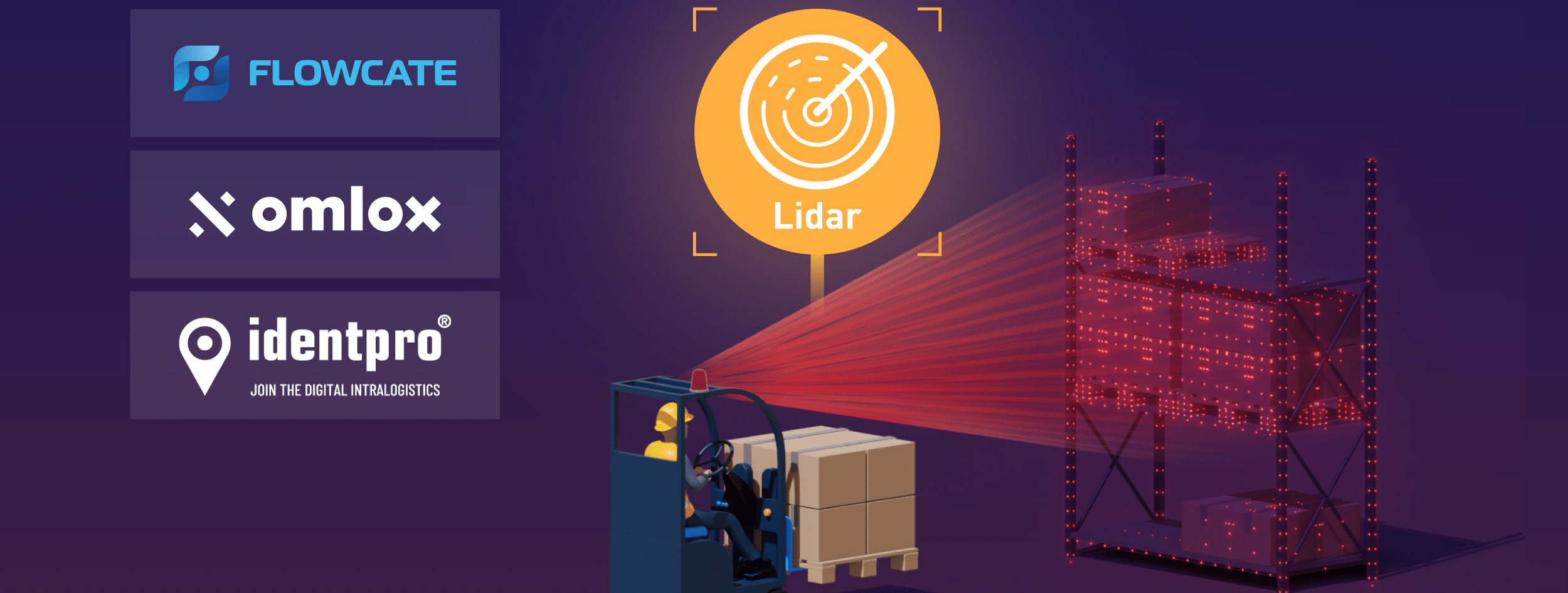That’s right, you didn’t misread it. The headline does indeed say LiDAR twice, but there’s a good reason for this. In the world of logistics and intralogistics, there are numerous technical terms that, although appear similar, cater to different applications based on the solution provider and the technology used. The key is in the combination. In this article, we explore the nuances of LiDAR technology and how its varied applications drive innovation across industries.
What is LiDAR Technology?
LiDAR stands for “Light Detection and Ranging” and is a method used for distance measurement and environmental sensing. This technology utilizes light in the form of pulsed laser beams to measure distances. LiDAR sensors emit these light pulses which are then reflected back to the sensor by objects, allowing for the calculation of distance based on the travel time of the light.
LiDAR Technology Applications Across Industries
- Autonomous Vehicles: Crucial for the development of autonomous and semi-autonomous vehicles, LiDAR sensors enable these vehicles to recognize and navigate their surroundings by detecting obstacles and other elements on the road.
- Cartography: Used to create detailed 3D maps for applications in topography, archaeology, forestry, agriculture, construction, and architecture, and even in the mapping of planetary bodies in space exploration.
- Traffic Management: Employed in monitoring and analyzing traffic flows to enhance traffic safety and support intelligent traffic systems.
- Industrial Warehouse Processes: In warehouse management, LiDAR technology integrated with sophisticated software translates light signals into critical data that significantly improve operational insights and efficiency. IdentPro, a pioneer in this field, utilizes this fusion of technologies to not only visualize but also intelligently and efficiently control warehouse processes using AI-supported systems.
Comparison: AMR and Software Solutions
Both Autonomous Mobile Robots (AMR) and LiDAR software systems find their applications in warehouses, yet they serve fundamentally different purposes. AMRs are tailored for repetitive tasks within stable, controlled environments but face limitations in dynamic or outdoor storage areas. In contrast, software solutions like IdentPro’s Warehouse Execution System (WES) leverage LiDAR technology to enhance capability. By retrofitting LiDAR sensors to existing manned industrial trucks (Human Driven Lifttruck – HDL), they capture precise, real-time information about the position and movement of loads, processed in the WES to optimize warehouse operations through visible, AI-driven control.
Integrating DeepHub®: Enhancing Capabilities with Omlox-Compliant Middleware
IdentPro’s capabilities are significantly extended by Flowcate’s DeepHub®, a powerful and lightweight middleware that is compliant with the omlox open locating standard. DeepHub® empowers IdentPro’s WES by enabling seamless interaction with various locating systems, standardizing location data consumption, and facilitating holistic warehouse management solutions. This integration not only enhances IdentPro’s system but also enables customers to integrate other solutions in a standardized manner, reducing costs and complexity.
Conclusion
LiDAR technology’s diverse applications underline its indispensability across numerous industrial sectors, where precise spatial detection is critical. However, the true innovation stems from the software technologies that transform raw sensor data into intelligent control solutions. The IdentPro solution, augmented by Flowcate’s DeepHub®, is particularly well-suited for complex, fast-changing environments. Its robust sensor technology, combined with sophisticated software, allows for flexible adaptation across a broad spectrum of warehouse conditions, making it a forward-thinking investment for intralogistic warehouses.
